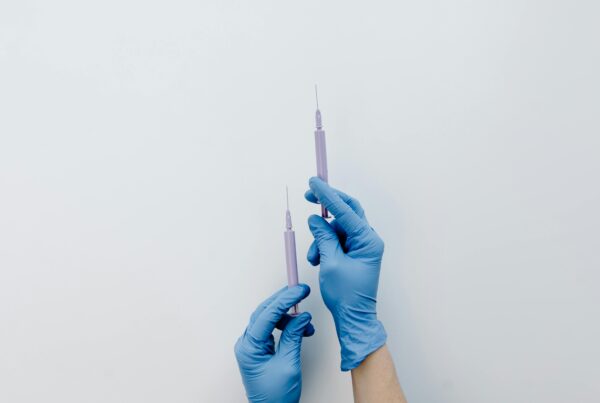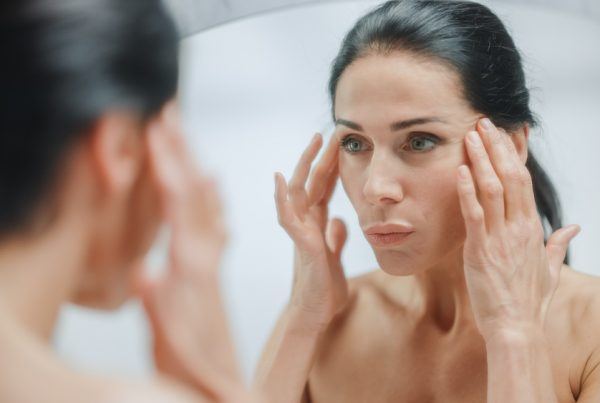Nail cosmetics have been a popular part of modern society for many years. In fact, acrylic nails are now the go-to for the cosmetic enhancement of nails. However, it looks like a new set of nails can have a negative impact on your health.
How Do Acrylic Nails Affect Your Health?
Physical Damage
- Discoloration of the nail plate: This is one of the most common side effects of acrylic nails, with the natural nails taking on a red or yellow color due to the polish being left on for over a week.
- Onycholysis: This is when your nail separates from its nail bed, and it typically occurs during the removal or cleaning of acrylic nails. It happens when the adhesion of the acrylic nail to the nail plate (the surface of your natural nail) is stronger than that of the nail plate to the nail bed. Traumatic onycholysis can also result in hemorrhages in the nails due to the removal of the artificial nail.
How Does This Happen?
Many ingredients found in nail cosmetic products have been shown to have adverse effects on one’s immune system. This includes formaldehyde and acrylates, among others.
If you have ever asked for a full set, you might have noticed how your nail technician begins with a powder and a liquid. This then forms a gel that forms a hardened nail base. This formula contains a mixture of 2 main components, namely, Methyl Methacrylate (MMA) and Ethyl Methacrylate (EMA).
Methyl Methacrylate (MMA)
Typically used in the manufacturing of resins and plastic, this chemical acts as an irritant to the skin, eyes, and mucous membranes in humans. In artificial nail products, it is typically used as a bonding agent, forming a flexible polymer for acrylic manicures. People who are repeatedly exposed to significant levels of MMA tend to complain about the following side effects:
- Drowsiness
- Light-headedness
- dizzy spells
- Trembling hands
Repeated contact with MMA can also cause skin sensitization or dermatitis, resulting in:
- Skin redness
- Itching
- Rash
- Swelling
Ethyl Acrylate (EMA) – A Potential Carcinogen
This is the main component of acrylic nails. Manufacturers use this chemical as an adhesive to apply acrylic nails. You can also find it in new gel polish UV nail lacquers. The International Agency of Research on Cancer, and the U.S. Environmental Protection Agency have classified this as a possible human carcinogen. Research shows it can cause stomach cancer in animals. This has raised concerns amongst health agencies as to the effects it may have on humans. Also, acrylates are capable of being airborne, making Contact Dermatitis airborne.
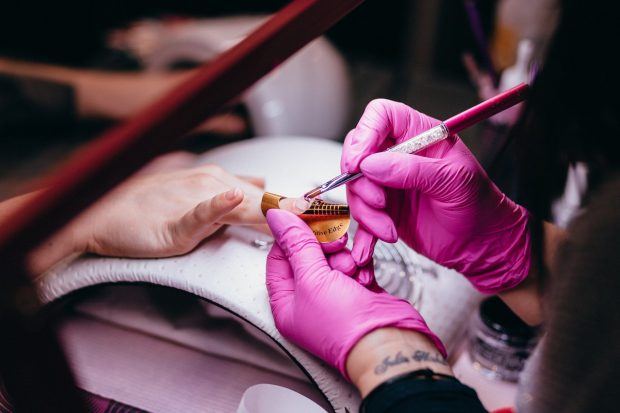
This is one of the few carcinogenic chemicals in acrylic nail products.
Interaction with Other Potential Cancer-Causing Chemicals
- Benzene: Found in fingernail glue, this carcinogen is linked to blood cancers including leukemia and multiple myeloma.
- Formaldehyde (also known as Methylene Glycol/Tosylamide): Found in nail hardeners and as a disinfectant for nail tools, this carcinogen is linked to nasopharyngeal cancer, which affects the upper part of the throat behind the nose.
Allergic Contact Dermatitis
According to the British Association of Dermatologists, methacrylate chemicals can cause “a severe, itchy rash anywhere on the body, not just the fingertips.”
Contact Dermatitis, a type of eczema, is an inflammatory skin condition that occurs when someone makes contact with an irritating substance. A recent study has shown that exposure to acrylic nails, and the chemicals accompanying them, can lead to this form of eczema. Symptoms of this condition include:
- Pain
- Redness and discoloration
- Peeling
- Cracked patches
- Dryness
- Itchiness
UV Lamp Used Can Damage DNA
Research shows that the utilization of UV lamps to “dry” the nails can cause skin cancer from other sources, like tanning beds and sun exposure. Now, it seems like the UV lights in UV nail lamps can do the same.
A recent study published findings that radiation from UV nail dryers can damage DNA and cause permanent mutations in human cells, which causes skin damage and increases your risk of developing skin cancer. Long-term exposure to these UV lights can also increase wrinkles, age spots, and damage to your hands over time. This, combined with the use of Acetone, can lead to more than just a physical impact.
Acetone and how it affects your health
To remove acrylic nails, you need to soak your fingers in acetone for at least 30 minutes. Acetone is a colorless, highly flammable liquid chemical that can irritate the nose, throat, and lungs. Breathing moderate to high amounts of acetone for a short period of time (e.g., when soaking off your acrylic nails) can lead to numerous physical effects. The main one is on the central nervous system.
Central Nervous System Depression
Central Nervous System depression takes place when the body’s normal neurological functions slow down. Scientists consider acetone to be a central nervous system depressant. Depending on the length of your exposure, CNS depression can cause issues ranging from neurobehavioral changes to narcosis.
Mild symptoms of CNS depression include:
- Lack of coordination
- Muscle weakness
- Slight shortness of breath
- Restlessness and agitation
- Disorientation
Symptoms of severe CNS depression include :
- Reduced heart rate
- Irritability and aggression
- Intense mood swings
- Tightening of the chest
- Throat and lung irritation
So Should You Cancel Your Next Mani Appointment?
Does this mean that one should stop getting regular acrylic nail manicures? Not necessarily. Instead, you can adopt simple interventions to protect yourself and your health.
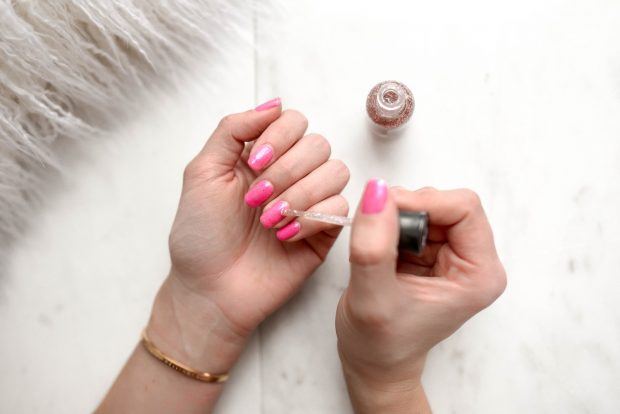
Photo by Element5 Digital on Unsplash
The Food and Drug Administration (FDA) advises that you use waterproof sunscreen with an SPF level of 15 or higher before getting your new set done. It is advised that you visit a nail technician that uses LED curing light as opposed to UV curing lights, as LED light cures more quickly, reducing your UV exposure.
It will also help to take a break between new sets of nails. Doing so will give them a chance to recover, reducing potential damage caused to your natural nail and nail bed.
MAIN IMAGE CREDIT: Photo by Giorgio Trovato on Unsplash
References
- Reinecke, J.K. and Hinshaw, M.A., 2020. Nail health in women. International journal of women’s dermatology, 6(2), pp.73-79.
- Arora, H. and Tosti, A., 2017. Safety and efficacy of nail products. Cosmetics, 4(3), p.24.


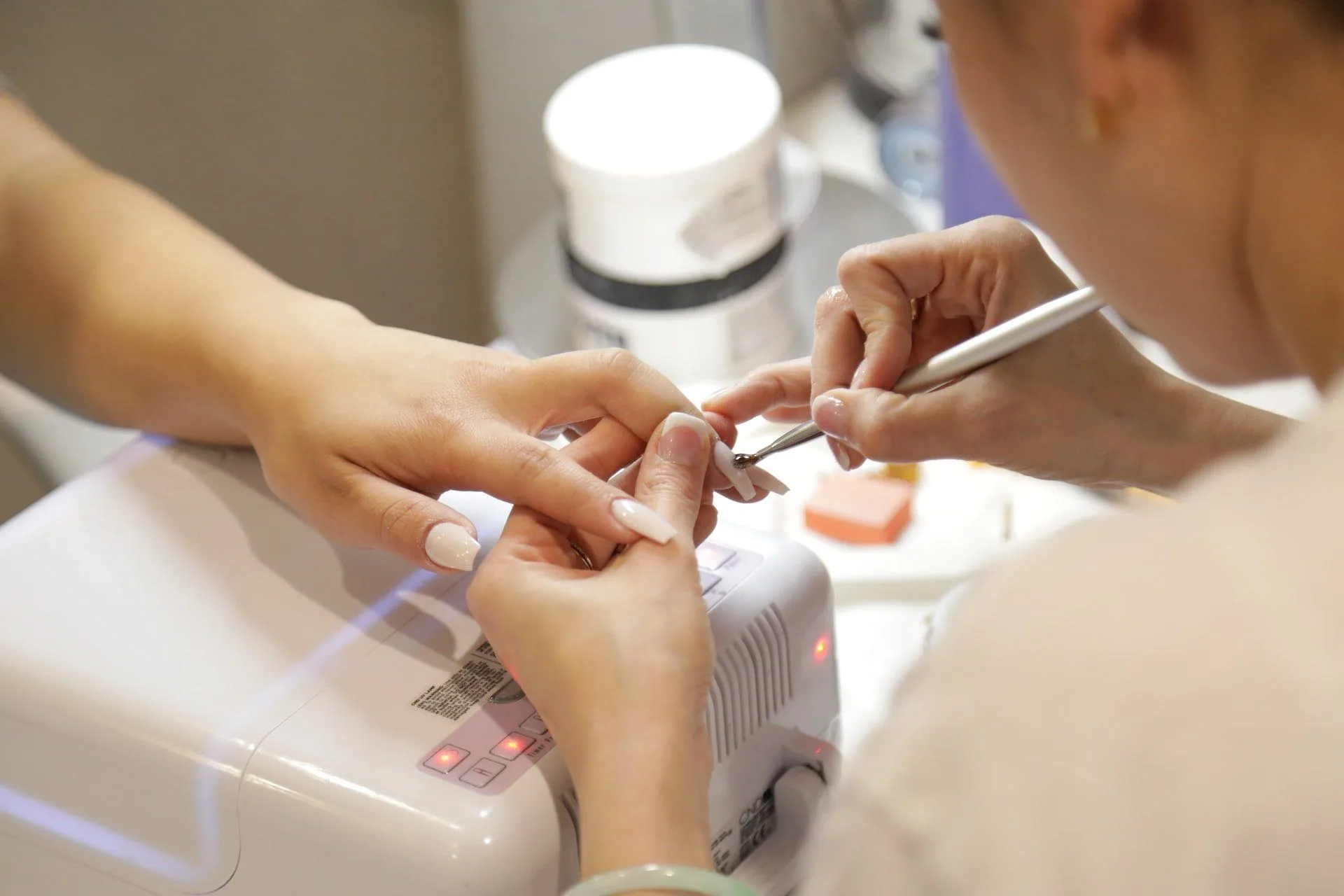
![women [longevity live]](https://longevitylive.com/wp-content/uploads/2020/01/photo-of-women-walking-down-the-street-1116984-100x100.jpg)





